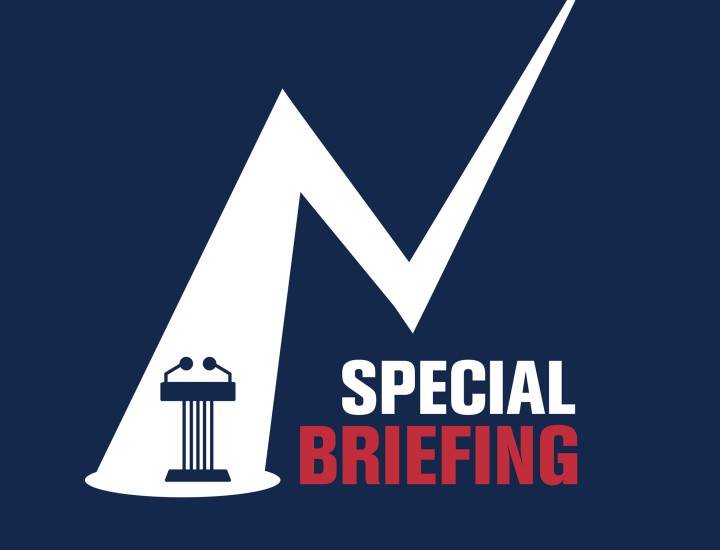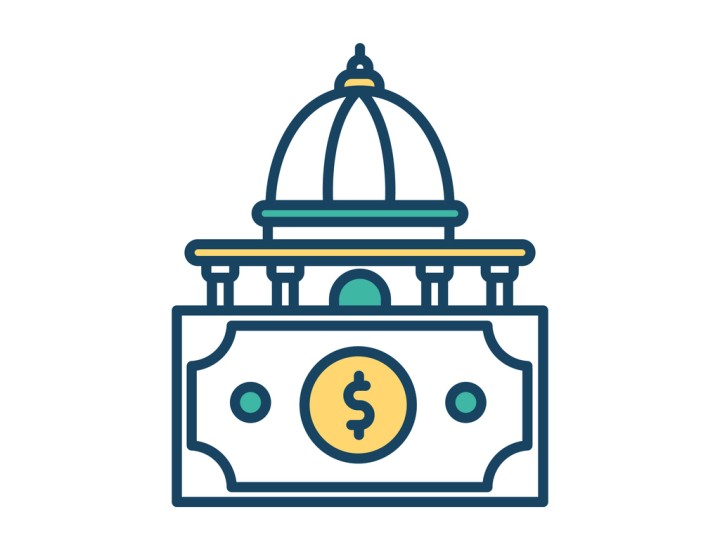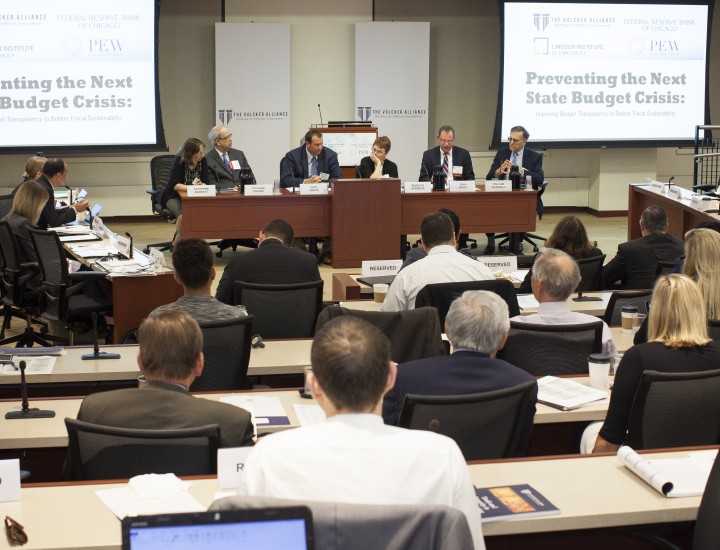Twelve States Face Fiscal Cliffs as Expiration of Federal COVID-19 Funds Looms
New Volcker Alliance Report Details How State Governments Must Have Alternative Funding Sources in Place Before 2026 Deadline
States May Be Forced to Make Cuts to Critical Programs in Education, Public Safety, and Other Essential Areas
New York, NY – State and local governments received an unprecedented influx of funds from the federal government to help them respond to the devastating effects of the COVID-19 pandemic. One of the funding programs in particular, the Coronavirus State and Local Fiscal Recovery Funds (SLFRF), provided $350 billion to state, tribal, territorial, and local governments to be spent by December 31, 2026. While most SLFRF dollars were allocated towards mitigating the impact of the coronavirus, some states used these funds for recurring obligations, like government operations, mental health and substance abuse programs, violence prevention, and programs that aim to assist communities and provide educational assistance and workforce training.
According to a new paper released today by the Volcker Alliance, states that used the one-time federal aid to finance recurring costs now face significant risks of budgetary shortfalls—or fiscal cliffs. The report, titled “On The Edge: Balancing Budgets in a Postpandemic World,” authored by Dr. Beverly S. Bunch, professor in the School of Public Management and Policy at the University of Illinois Springfield, analyzes states’ SLFRF allocations and highlights how some states should have alternative funding sources ready by the end of 2026, or be forced to eliminate or reduce ongoing programs in education, public safety, and other essential areas.
“The upcoming expiration of the Coronavirus State and Local Fiscal Recovery Fund should serve as a wake-up call for states that used those funds for recurring costs and are now facing the very real possibility of budgetary shortfalls that could decimate critical programs citizens rely on,” said William Glasgall, Senior Director, Public Finance, at the Volcker Alliance. “The good news is these states have a window of opportunity to put programs and policies in place that will allow them to prepare for the expiration of these funds and avert fiscal cliffs.”
While 38 states are at low risk of encountering fiscal cliffs, Bunch finds that 12 are at a moderate or elevated risk of shortfalls when the funds expire, with Alaska, California, Illinois, Maryland, Michigan, Nevada, New York, Oregon, Pennsylvania, Utah, West Virginia, and Wyoming all having used SLFRF to cover recurring costs equivalent to 2.5 percent or more of their fiscal 2022 general fund expenditures.
“The Coronavirus State and Local Fiscal Recovery Fund was a lifeline for many states that used the funding to support programs and services that otherwise would have suffered from the painful economic effects of the COVID-19 pandemic. The states that used those funds for recurring costs must begin implementing strategies to prevent budgetary shortfalls when the funds expire,” said Bunch. “Fortunately, there are several strategies states can, and should, utilize to achieve long-term fiscal stability after the funds expire.”
Bunch lays out various strategies that will help states prepare for the imminent expiration of these funds, recommending states:
- To avoid fiscal cliffs, states should clearly identify SLFRF as one-time funds in budget documents.
- To facilitate fiscal sustainability, states should use SLFRF dollars for one-time or short-term purposes.
- If a state appropriates SLFRF to finance recurring costs, it should track such uses and have a plan for what to do when the federal funds expire.
- To protect the delivery of public services against the loss of federal pandemic aid—or against future revenue shocks—states should adopt multiyear revenue and expenditure forecasts, stress test their budgets, and maintain sufficient rainy day funds and other reserves to help preserve critical public services in the event of sudden revenue losses.
This paper expands on the Volcker Alliance’s findings from Dr. Bunch's 2022 issue paper, The $195 Billion Challenge: Facing State and Fiscal Cliffs After COVID-19 Aid Expires, and builds on the Volcker Alliance’s previous work examining the use of state and local fiscal recovery funds by all 50 states and recommendations for long-term fiscal sustainability.
###
Media Inquiries, please contact: James Martin | [email protected] | 201-663-5746


